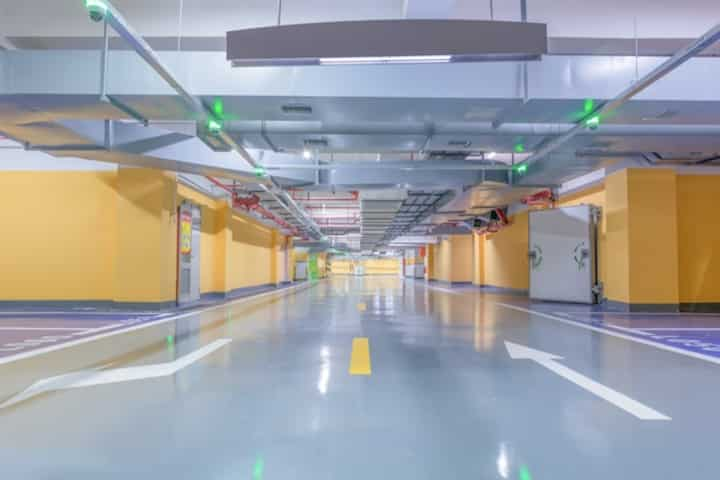
Transform Your Space DIY Concrete Staining Services in Mesa
In recent years, concrete staining has emerged as a popular trend in home and commercial space makeovers. With its ability to transform mundane surfaces into aesthetically pleasing designs, concrete staining offers a durable and cost-effective solution. In Mesa, this DIY project has gained traction due to its adaptability and the ability to personalize spaces according to individual tastes. From patios to interiors, concrete staining offers endless possibilities. Whether you are a homeowner looking to refresh your living space or a business owner wanting to enhance your commercial property, understanding the benefits and process of concrete staining is essential.
Understanding Concrete Staining
Concrete staining is a technique that involves applying a chemical solution to concrete surfaces, which reacts with the concrete to create a permanent color change. This process not only enhances the aesthetic appeal but also adds a layer of protection to the surface.
Benefits of Concrete Staining
- Durability: Stained concrete surfaces are known for their long-lasting nature and resistance to wear and tear.
- Low Maintenance: Once sealed, stained concrete requires minimal upkeep, making it ideal for high-traffic areas.
- Versatility: Available in a variety of colors and patterns, concrete staining can be tailored to suit different styles and preferences.
- Cost-Effective: Compared to other flooring options, concrete staining is an affordable way to achieve a high-end look.
Explore further insights here on how concrete staining can be a transformative option for your space.
The DIY Approach to Concrete Staining
For those with a penchant for DIY projects, concrete staining offers a rewarding avenue to transform spaces without the need for professional intervention. However, understanding the process and preparation is crucial for achieving desired results.
Steps to Successfully Stain Concrete
- Preparation: Begin by thoroughly cleaning the concrete surface to remove any dirt, grease, or existing coatings. This ensures the stain adheres evenly.
- Testing: Apply the stain to a small area to test the color and finish. This helps in making adjustments before covering the entire surface.
- Application: Use a sprayer or brush to apply the stain evenly across the surface. Multiple coats may be required to achieve the desired intensity.
- Sealing: Once the stain has dried, apply a sealant to protect the surface and enhance the color.
Learn more in this detailed guide on how to execute each step effectively.
Choosing the Right Stain for Your Project
Selecting the appropriate stain is crucial for achieving the desired outcome. Concrete stains are typically available in two types: acid-based and water-based.
Acid-Based Stains
- Advantages: Offers a natural, variegated look that mimics the appearance of stone or marble.
- Considerations: Requires careful handling due to its corrosive nature and longer drying time.
Read more about this topic to determine if acid-based stains are suitable for your project.
Water-Based Stains
- Advantages: Provides a broader color palette and is easier to apply, making it a popular choice for DIY enthusiasts.
- Considerations: May not achieve the same depth of color as acid-based stains.
Find additional information here to explore the benefits of water-based stains.
Feedback from the Mesa Community
The response from the Mesa community regarding DIY concrete staining has been overwhelmingly positive. Many have shared their success stories and tips online, providing a wealth of information for beginners. Check out customer reviews here to see how others have transformed their spaces with concrete staining.